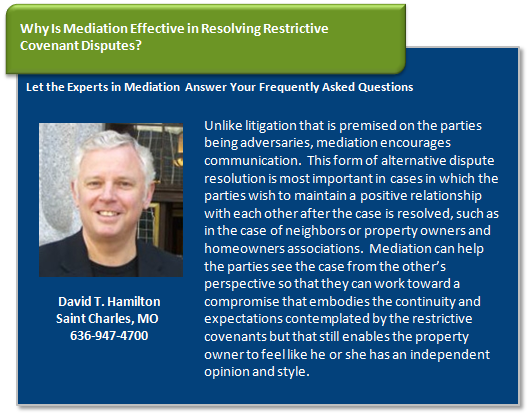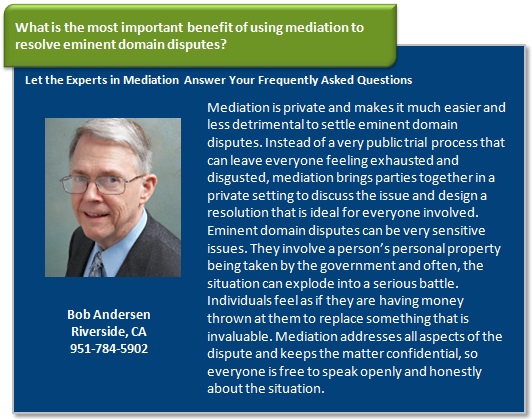 According to a 2013 report by ABC News, one in three nursing home patients are a victim of nursing home abuse. Although this problem is significant, there are steps that every individual involved in this problem can take to prevent nursing home abuse.
According to a 2013 report by ABC News, one in three nursing home patients are a victim of nursing home abuse. Although this problem is significant, there are steps that every individual involved in this problem can take to prevent nursing home abuse.
Nursing Homes
A significant aspect of the problem is that nursing homes are often understaffed. Additionally, nursing homes may not establish very high employment criteria, meaning that unqualified people may be working with vulnerable patients. Nursing homes should strive to have a lower patient/caretaker ratio and insist upon continuing education of their staff.
Loved Ones
It is important that loved ones closely monitor nursing home patients to ensure that they are being treated with dignity and respect. They should monitor the patients for warning signs of abuse, including physical marks, a withdrawn personality, missing medication or missing income or assets. By visiting regularly – and sometimes unexpectedly – loved ones can help give caretakers a much needed break as well as keep a constant eye on the situation. Loved ones who believe that their relative is being abused may wish to seek legal counsel and pursue arbitration of a case to quickly resolve the issue and prevent similar abuse from occurring in the future to their loved one or other patients.
Patients
Although some nursing home patients may seem frail, many are fully competent individuals who simply need some assistance in getting around. Patients can protect themselves by reporting any abuse that they suffer. They should inform loved ones, as well as the nursing home itself. Additionally, they can take legal steps to help ensure that their financial matters are in order, such as by establishing a will, irrevocable trust and power of attorney. Patients who are isolated from others are more likely to be abused, so patients should make a point of regularly seeing family and friends.







 Mediation is advantageous in a variety of instances, but it can be especially effective for settling eminent domain disputes. Eminent domain is an issue that pits private property owners against government organizations, something that can be extremely intimidating for the property owner. By using mediation to settle the dispute, everyone can walk away happy with the outcome.
Mediation is advantageous in a variety of instances, but it can be especially effective for settling eminent domain disputes. Eminent domain is an issue that pits private property owners against government organizations, something that can be extremely intimidating for the property owner. By using mediation to settle the dispute, everyone can walk away happy with the outcome.